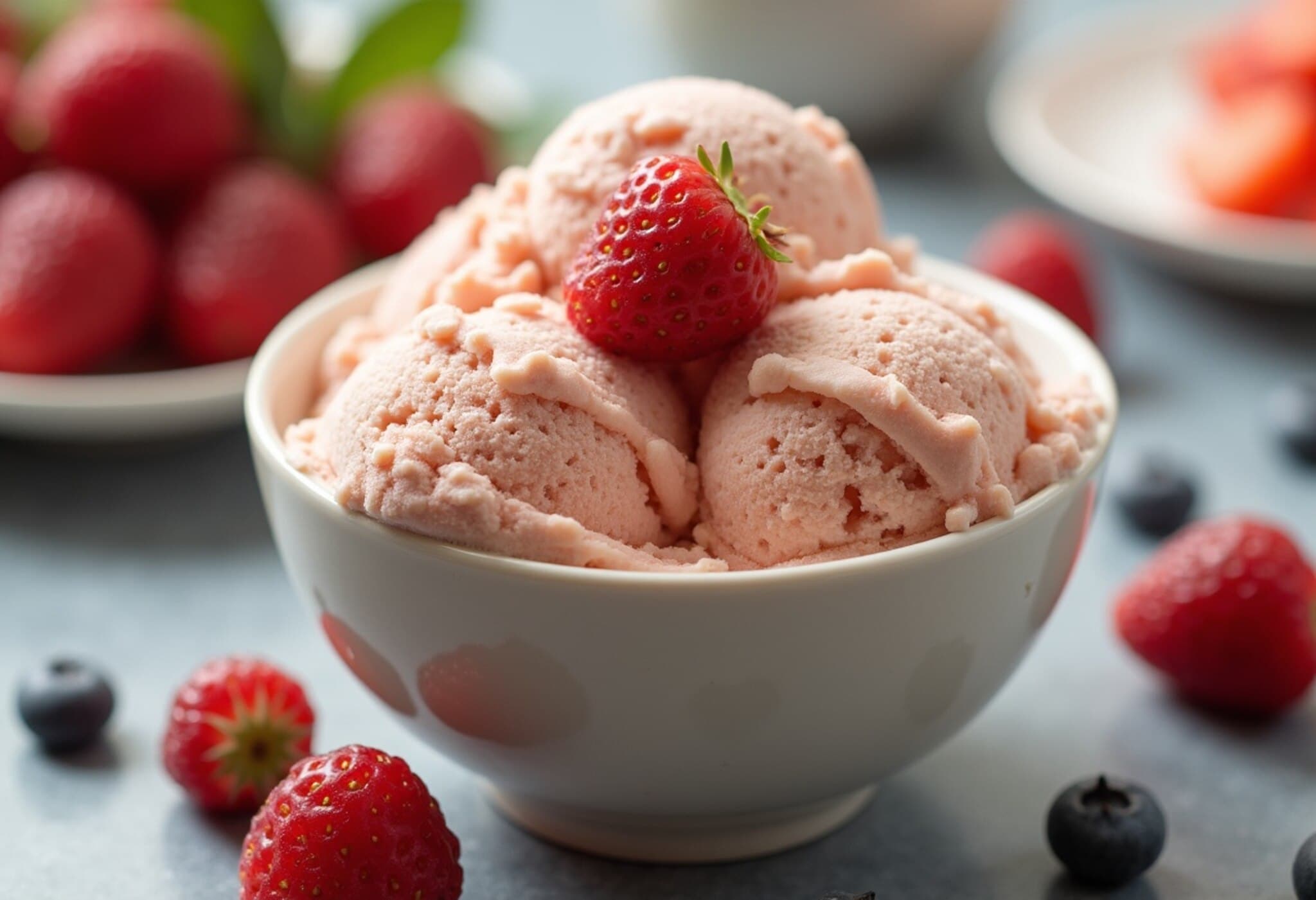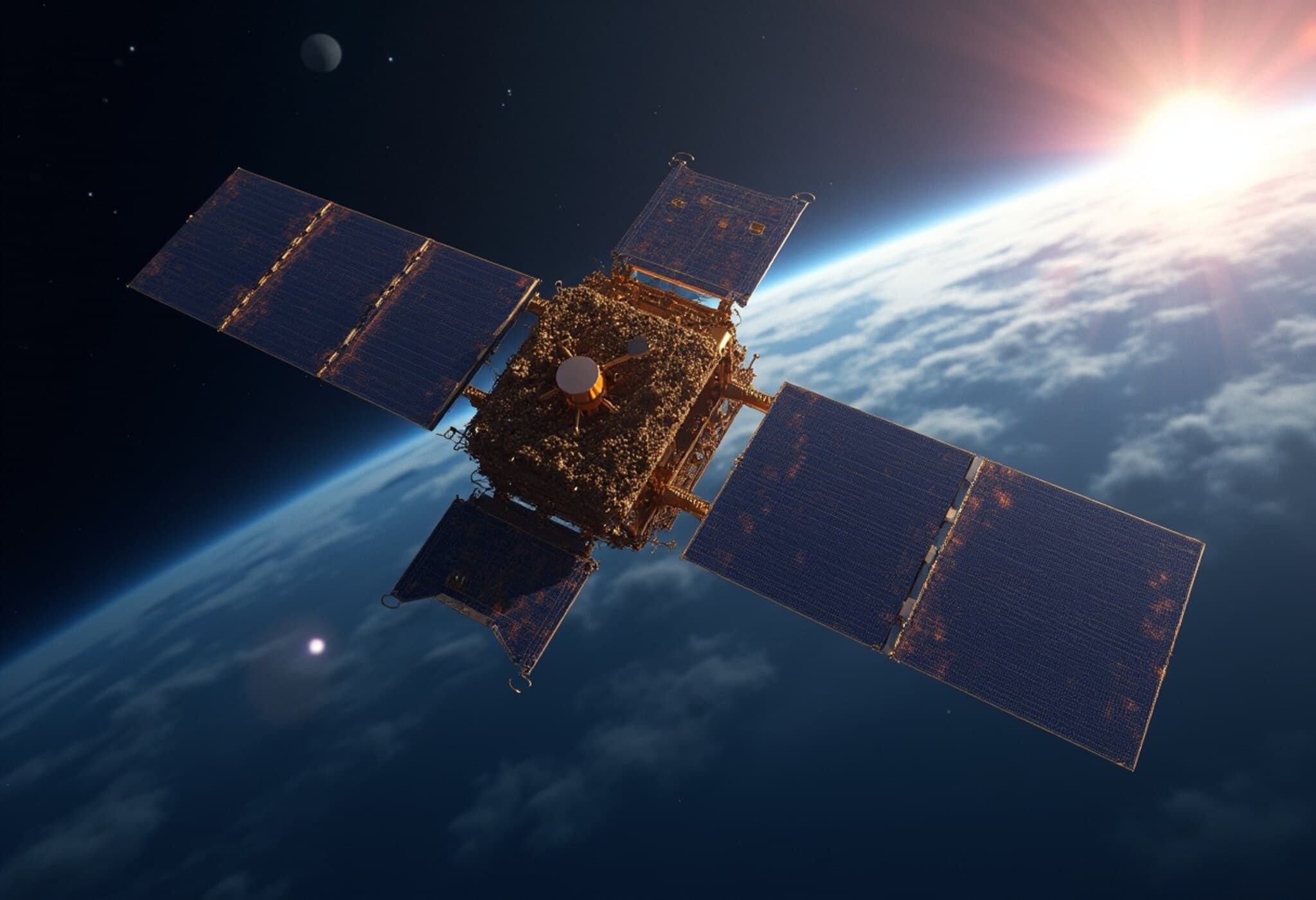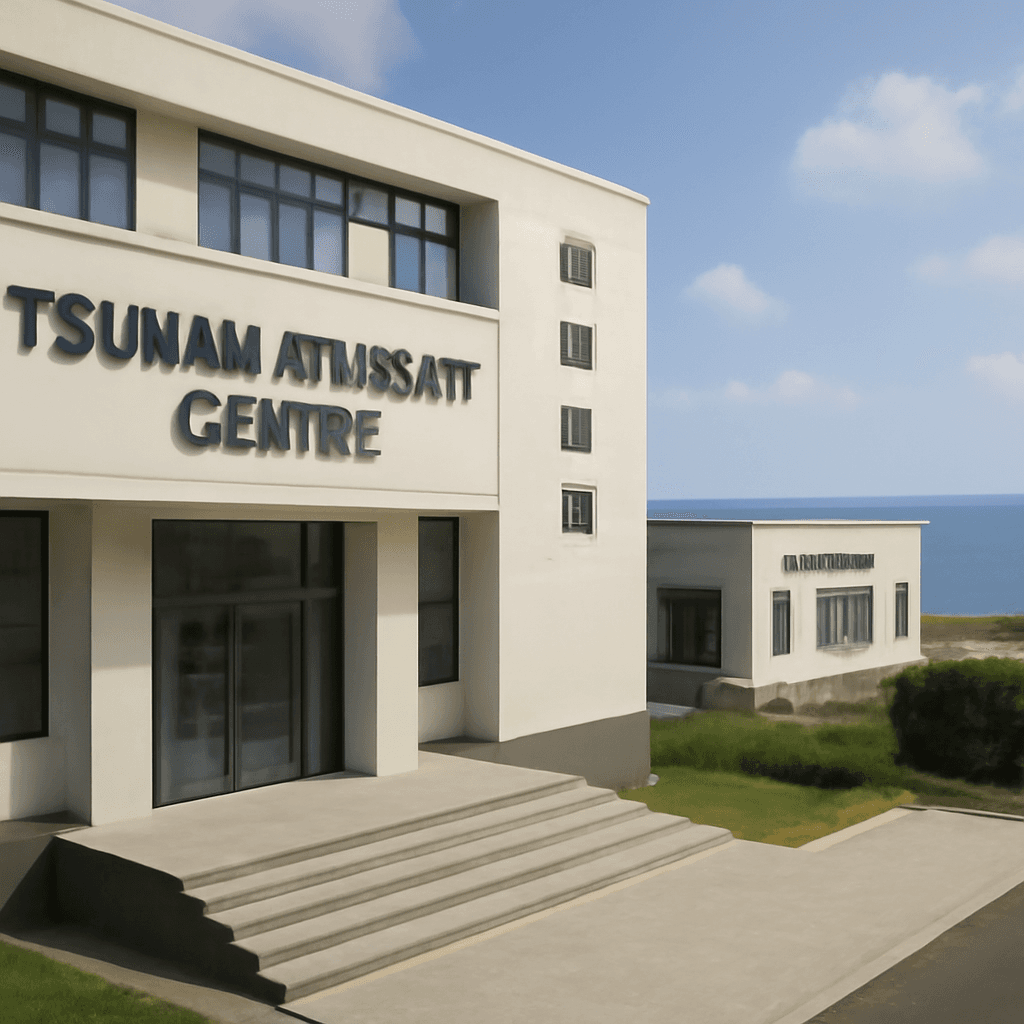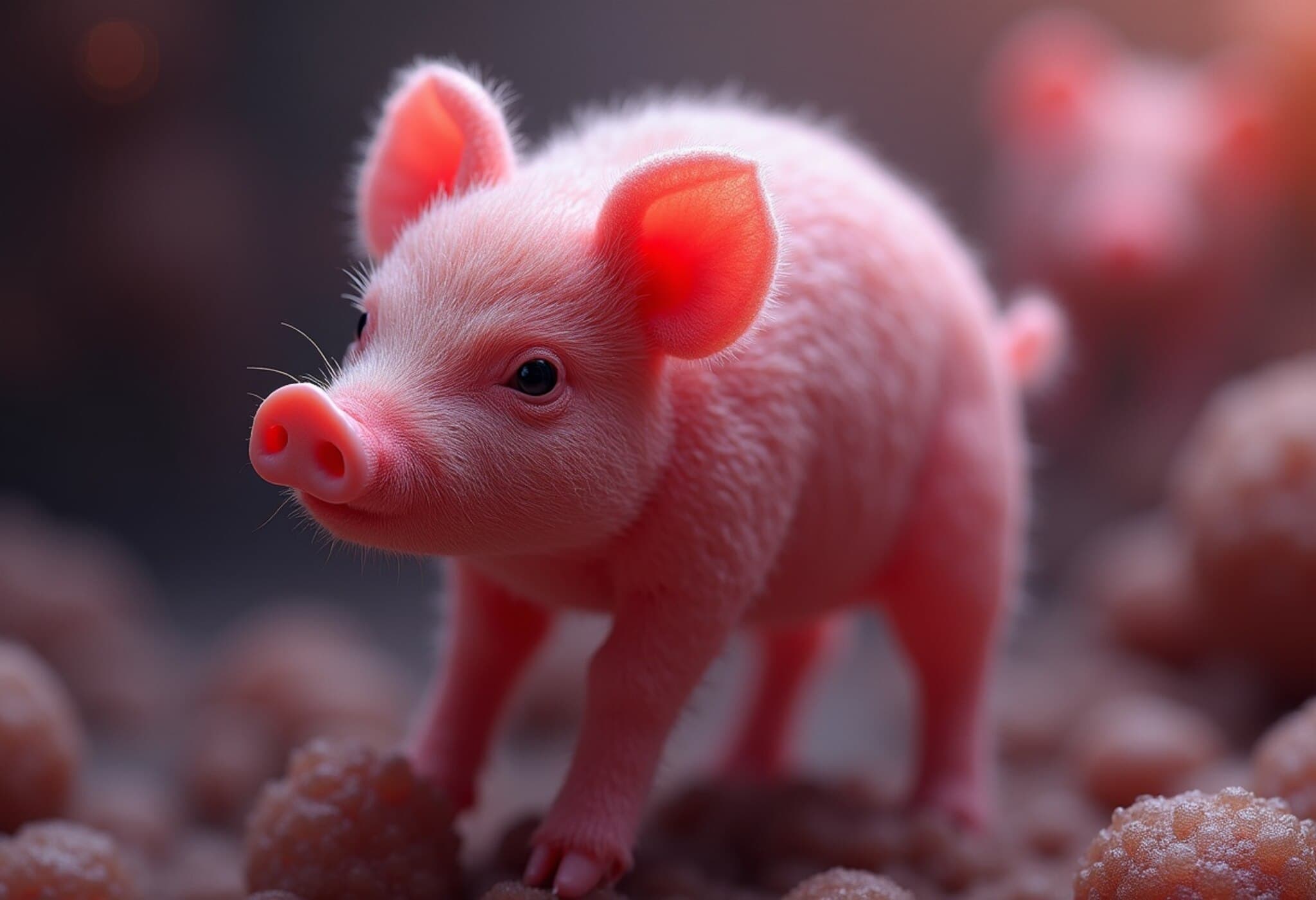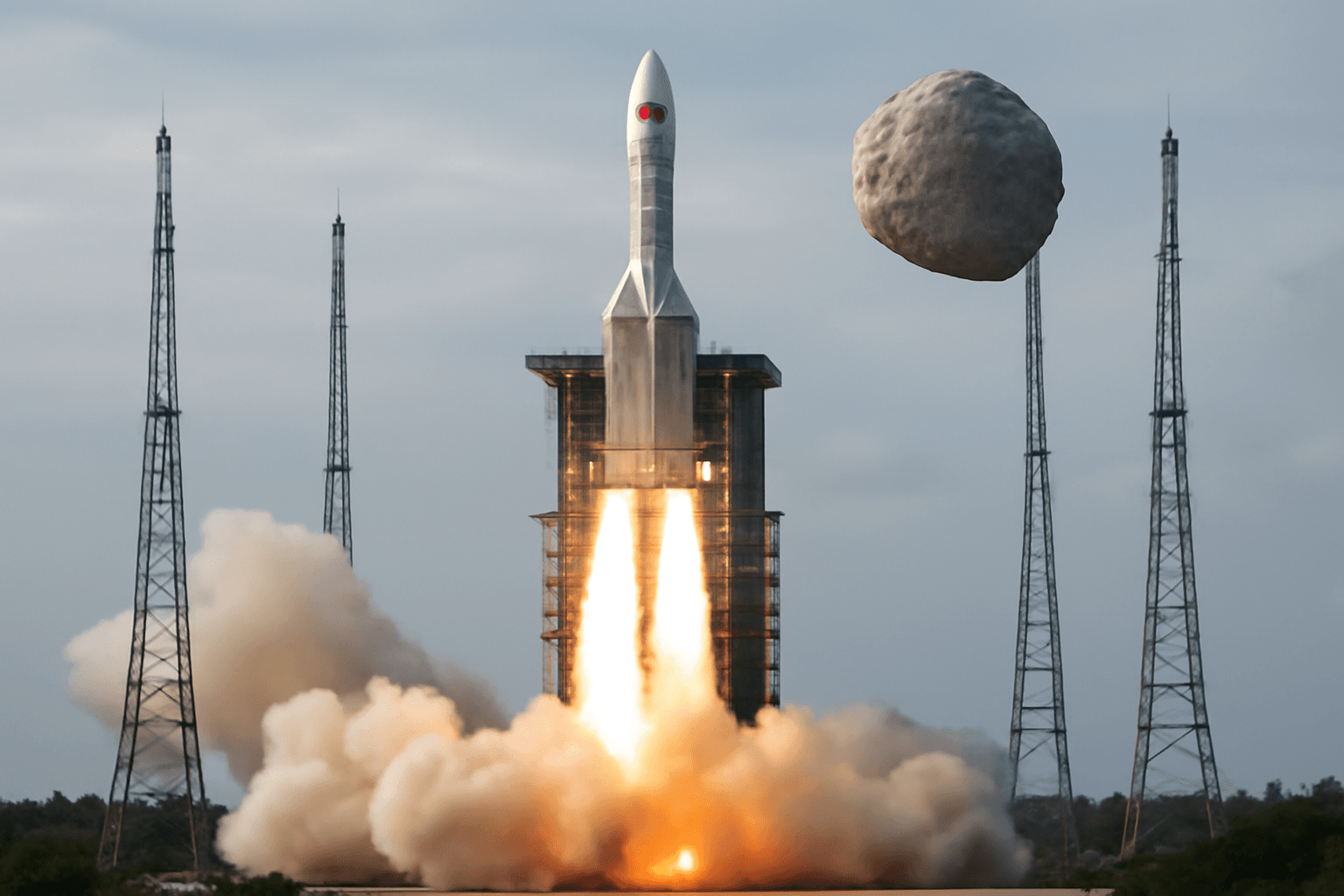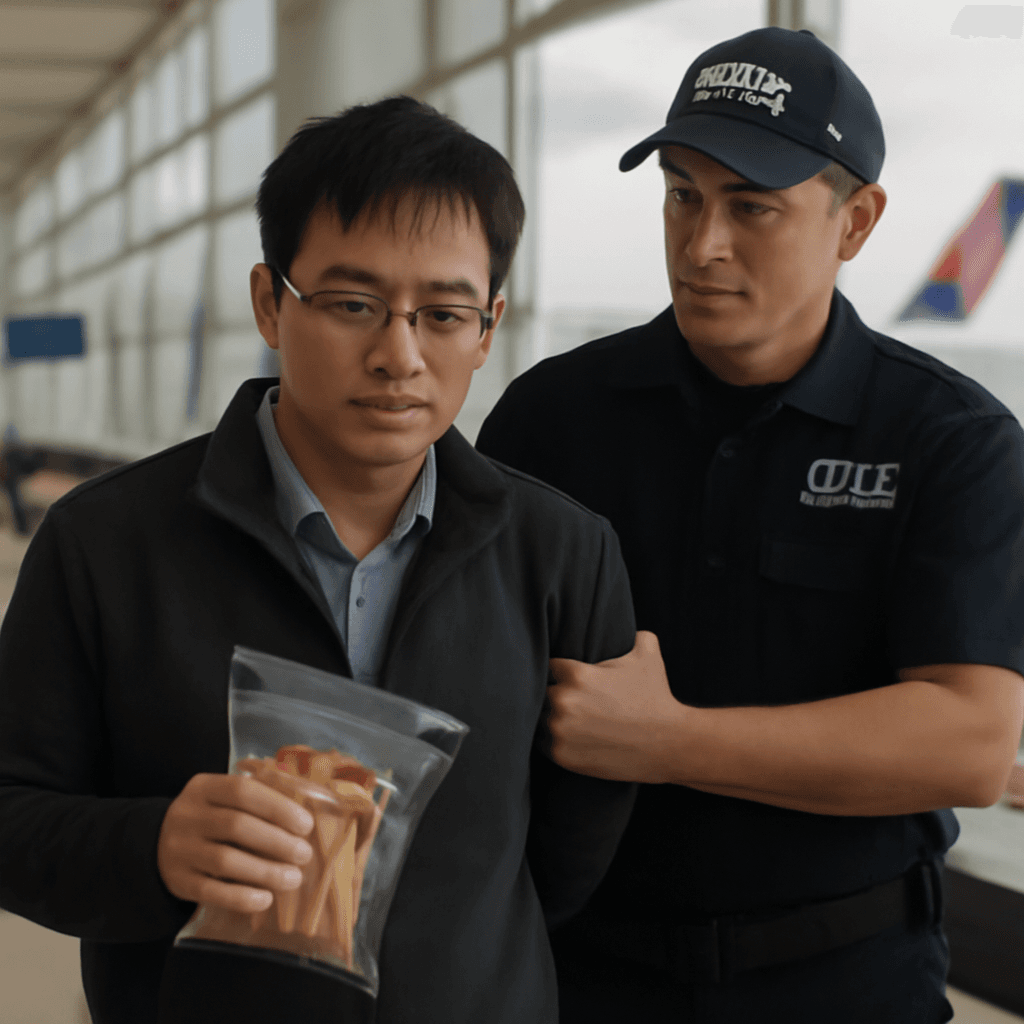Revolutionizing Ice Cream: No-Melt Dessert Breakthrough Using Fruit-Based Polyphenols
As summer temperatures soar worldwide, a persistent challenge has lingered for ice cream lovers: the dreaded melt. But a promising development in food science could soon change that experience. Cameron Wicks, a food scientist at General Mills, is pioneering research on how natural compounds found in fruits, specifically tannic acid, might help ice cream resist melting — potentially transforming how frozen treats hold up on a hot day.
From University Labs to Industry Innovation
Wicks began this journey during her tenure at the University of Wisconsin, exploring how the antioxidant properties of tannic acid, a polyphenol prevalent in many fruits, could modify the structural properties of cream. In controlled laboratory experiments, she added varying amounts of tannic acid to cream and observed remarkable changes. Higher concentrations thickened the cream, giving it a gel-like consistency that maintained its form even when flipped upside down.
Microscopic analysis revealed that tannic acid encourages the formation of a more intricate network of fat globules bound together with milk proteins. This network acts as a barrier, preventing fat molecules from coalescing and thus slowing the melting process. This mechanism offers a novel approach beyond traditional stabilizers like carrageenan or guar gum, which primarily work by thickening but do not fundamentally alter fat-protein interactions.
A Glimpse into Japanese Innovation: The Inspiration Behind the Idea
Wicks credits her research inspiration to a phenomenon first seen in Japan: Kanazawa Ice's pioneering creation of ice cream and popsicles with extraordinary heat resistance. The backstory is both serendipitous and fascinating. A Japanese pastry chef experimenting with polyphenol-rich strawberry extracts stumbled upon a formulation that yielded a vanilla-flavored treat with subtle hints of strawberry, remarkably resistant to melting even under direct sunlight.
Unlike traditional ice creams that lose texture and quickly transform into a puddle, this polyphenol-enhanced ice cream maintained its integrity for extended periods. While its texture eventually shifted toward a rubbery or pudding-like consistency, the stability in warm conditions was unprecedented.
Limitations and Consumer Experience: Beyond Just Staying Solid
It’s important to clarify, however, that polyphenol compounds don’t reduce the actual temperature of ice cream—they merely help it retain shape as it warms. Mainstream media sources like BBC and Fox10 highlight that while the no-melt aspect is a game-changer for outdoor and convenience uses, it doesn’t replace refrigeration.
Moreover, while consumers enjoy the novelty of no-melt ice cream, food scientists caution about texture changes that may affect mouthfeel and flavor perception. A balance must be struck between melting resistance and traditional creamy texture to meet consumer expectations.
Broader Implications: Sustainable Food Technology and Economic Impact
As climate change increases average temperatures and extreme heat events, innovations that reduce food spoilage and waste during distribution and consumption gain enormous importance. No-melt ice cream could lower the energy footprint by easing cold chain requirements, ultimately contributing to more sustainable food systems.
From an economic standpoint, companies investing in natural stabilizers like tannic acid align with growing consumer demand for clean-label ingredients—those perceived as healthier and environmentally friendly, strengthening brand loyalty in an increasingly conscientious market.
What’s Next: The Road Ahead for No-Melt Ice Cream
- Further R&D to optimize texture while maintaining heat resistance.
- Extended shelf-life testing to assess commercial viability.
- Exploration of other polyphenol sources to enhance flavor profiles and nutritional value.
- Regulatory review to ensure safety and consumer transparency.
As this research progresses, it invites critical questions: How will such innovations reshape consumer habits and the frozen dessert market? Could this technology be adapted for other perishable food products? And how might it influence global food waste reduction strategies?
Editor’s Note
The quest for no-melt ice cream beautifully illustrates the intersection of traditional food science with nature-derived compounds. Cameron Wicks and her team’s exploration into tannic acid not only echoes a legacy of innovation sparked in Japan but also addresses real-world challenges intensified by climate change and shifting consumer preferences. While the journey from laboratory breakthroughs to your next summer treat may still be underway, the promise of enjoying ice cream that melts less—or perhaps not at all—is a delicious prospect that could soon become a reality.
For policy analysts and businesses alike, this development signals a broader trend toward sustainable, clean-label food technologies—a reminder that even familiar products can be reimagined through science and ingenuity.

